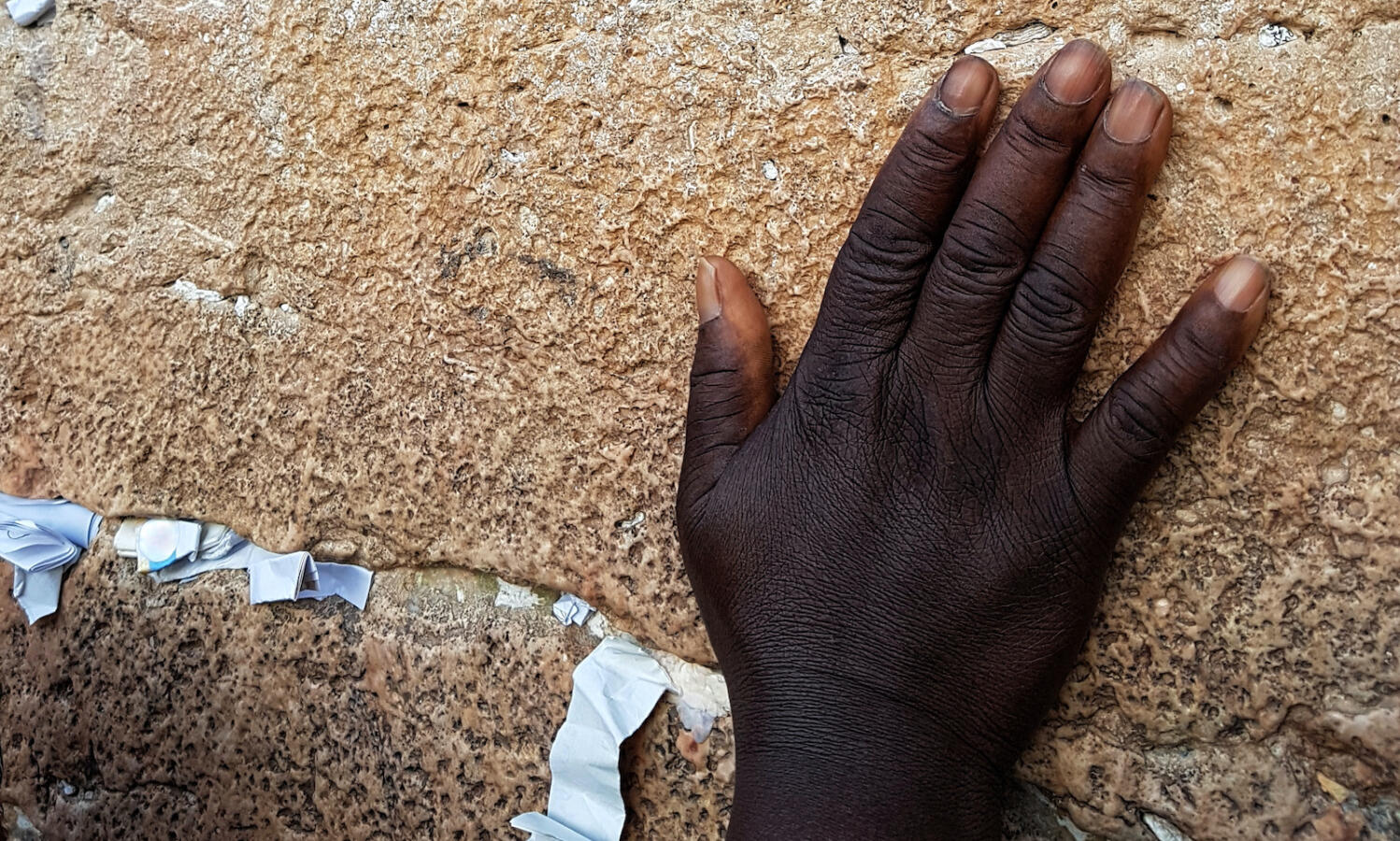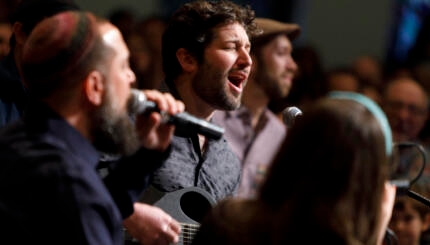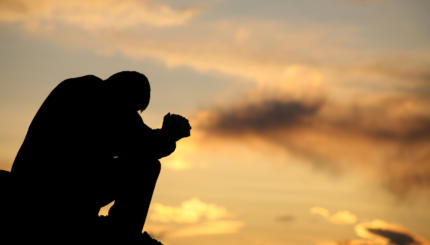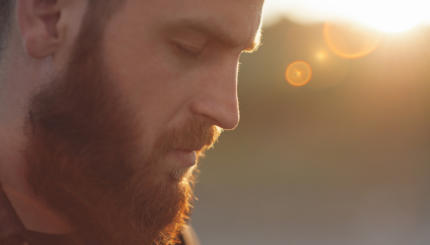I am a beginner-level practitioner of the modern Japanese martial art of Aikido, established by Morehei Ushiba. Aikido is somewhat unique as a martial art in that it upholds non-violence. It can be practiced only in pairs, but there are no tournaments or competitions, no orientation towards “beating” another person. What then is the practice for?
I have been taught that over the long-term, we are practicing for everyday life. That is to say, we learn certain techniques on the mat in order to learn particular modes of being that can be lived both in and out of the dojo. The techniques involve attacking and receiving attacks, throwing people and falling through the air, all while transforming the energy of conflict into harmony. But our everyday modes of being do not involve throwing people or doing somersaults. The ultimate objective in Aikido is the acquisition of mental, spiritual and psychological skills, learned through the body, that have the potential to change the way you live.
It can be helpful to think of prayer in a similar manner. Prayer involves certain forms to be learned — the prayer book, for example, is a form one can learn, practice, and get better at applying. But the true measure of its success is not how well you master the form, but how it affects your life outside the synagogue. After engaging in prayer, I ask myself: What have I learned? How have I grown? And how is this growth reflected in the way I live?
We tend to be more comfortable talking about the forms of prayer. Ask a Jew about their prayer life and they will often tell you how the chairs are arranged in the synagogue and whether the men and women are seated separately or together. They will tell you which prayer book they use and whether the service is participatory and musical. But when asked about long-term goals of prayer, they often lack even the vocabulary to venture an answer.

Help us keep Jewish knowledge accessible to millions of people around the world.
Your donation to My Jewish Learning fuels endless journeys of Jewish discovery. With your help, My Jewish Learning can continue to provide nonstop opportunities for learning, connection and growth.
My understanding is that a spiritual practice must have a goal, an aspirational result that follows the ongoing practice of particular forms. At the core of any practice is the question: What is my goal and how are the methodologies that I apply serving that goal? Calling something a practice means it has an orientation, it’s going toward something. And there has to be a connection between the particular methodology — the things we do — and the goal we’re trying to achieve.
There can, of course, be many different goals for prayer. Goals for prayer can be communal, oriented towards creating or strengthening community, or achieving certain objectives in the world. There can also be purely individual goals, like having a mystical experience of God or fulfilling a religious obligation to pray. But for prayer to be a practice, it has to have a goal.
To help clarify the notion of having a goal and the relation between the daily methodologies and the long term goal, I will describe some of my own prayer practice. For me, the long term goal of prayer is to live with an awareness of the presence of God. As the psalmist wrote, “One thing I ask of God, only that do I seek: to live in the house of God all the days of my life.” With a god that is all-that-is and beyond, the request to live in God’s presence is really a request for a shift in consciousness.
I have come to understand that this longing for God’s presence is the most fundamental religious experience — even more so than the experience of God itself. To put that notion in the language of the Torah, God tells Moses that no person can see God’s face and live. Some things, like complete wholeness, are simply beyond the bounds of this world. And as long as we live in a world of boundaries, the deepest core of our being is one of longing. Living with the constant awareness of God’s hiding in the world (the Hebrew word for world, olam, is related to the word for hiding) translates for me into the emotional medium of cultivating and clarifying the longing for God through prayer.
Longing for God’s presence is realized by gradually learning to see more and deeper connection where I previously saw separation and fragmentation. The biggest obstacles to that kind of consciousness expansion are, of course, my habits of mind, the way I unconsciously set up boundaries for what is possible and what is impossible, what is connected and what is other. Set forms of practice give us a stable point against which to measure the shifts in our own experience. Just as a set sequence of physical movements give the practitioner a set point against which to judge, and eventually shift, her habits of movement, so too in the practice of prayer, a fixed liturgy offers us a form against which to judge, and eventually shift, our spiritual and mental habits.
This is how I understand the structure of the daily morning prayer service beginning with Pesukei d’Zimrah – literally, “verses of song.” The great Israeli poet Hayim Nachman Bialik wrote that words serve as a kind of armor, protecting us against the great existential abyss of death and of darkness. But music is born of this abyss, and as such enables us to undermine the structures of defense we set up in our regular lives. We start prayer with music to signal that we are stepping for a moment outside our habitual modes. To invest in song is to let some of our intellectual boundaries fall away, to undermine the structures that our words create, so that something new can grow.
But it’s also important to acknowledge that there are often good reasons why these structures were set up in the first place. We make some of our worst mistakes and cause the most pain when we forget about boundaries. Within us are some dark places that we are justifiably afraid of, so knocking down our boundaries does not guarantee the discovery of a shining light on the other side. At their sweet root, as kabbalists call it, separation and otherness are not evil. They are what allow us to love.
So after softening our boundaries in song, the liturgy turns to the blessings before Shema, which re-establish the sense that we are not alone. Our individual song is but one one voice in the choir of all being. Reinforcing this experience, we arrive at the Shema, with its core statement of commitment to living towards a God that is one — not in the sense that there is one God as opposed to many gods, but that at the deepest level all of existence is one. In the biblical paragraphs that follow we commit to making that central to our lives, keeping it in our hearts at all times, on the road and at home, whether sleeping or awake, and teaching it to our children. We then voice our recognition that commitment to this unity is necessary for fulfilling our role in the functioning of the natural cycles. And finally, we commit to the ritual practices that will forever remind us that this is what we are doing.
It is only after deeply committing to these structures that we allow ourselves to enter the great silence of the Amidah. Note that I am speaking of the silence of the Amidah — not the words. It is in the silence that comes before the words that I practice a consciousness of no boundaries, no words creating intellectual structures, just the quiet of being. The words of the Amidah, when we get there, are a gradual journey out of that silence. It moves from the abstract — wonder at God’s greatness and power, our connection to our ancestors — to blessings for knowledge, repentance, healing, social justice. Each blessing of the Amidah invites us to reflect on what it would mean to bring the quiet experience of God, or a clarified moment of longing for God, into a particular aspect of our lives.
It should be clear: Some days this works and other days I’m just banging my head against the wall. But my hope is that I am slowly getting a little better at it, and I pray that is reflected in some ways in my life. That is what I go back to prayer for every day — to practice.
This is, of course, not the only way to practice prayer. I offer my own experience mainly to help clarify the questions I think are useful for any person who wants to engage in prayer as a spiritual practice: What do you hope to achieve by engaging regularly in Jewish prayer? How do you imagine your life will look different if you successfully practice prayer for a decade or two or three? What capacities of yourself will be developed? How do the forms of prayer serve your goals? Do they help you develop self-awareness of where you are on your journey?
I offer these questions in the hope that they will help make prayer meaningful in diverse ways, and that sharing a set of questions helps us all remember, in the words of the prayer book: “they are all beloved, all clearly on their way, all powerful, and all doing their Creator’s will with love, fear and awe.”



